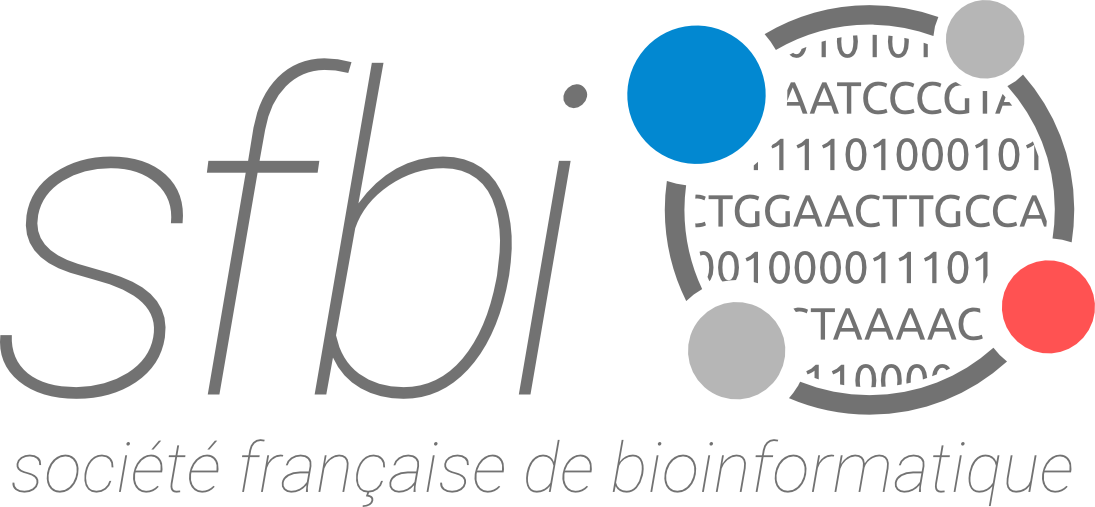Post-doc Bioinformatics analysis of predictive molecular signatures of localized radiation injury
CDD · Postdoc · 18 mois Bac+8 / Doctorat, Grandes Écoles Institut de radioprotection et de sureté nucléaire (IRSN) · Fontenay aux roses (France)
Date de prise de poste : 1 juillet 2024
Mots-Clés
Bioinformatique données multi-omiques Biomarqueurs Rayonnement ionisants
Description
In a radiological or nuclear emergency situation involving a potentially high number of victims, medical care requires the identification and diagnosis of populations exposed to ionizing radiation (IR) as quickly as possible. The pathogenesis of the cutaneous effects of IR is well described but the medical response to this type of pathology remains an extremely complex and delicate task. Clinical feedback identified by the IAEA (international atomic energy agency) highlights the need to develop new tools to improve the diagnosis of radiological burns and the reliable prognosis of their evolution. Indeed, there is currently no tool for rapid detection or sorting of victims at risk of developing a severe localized radiation injury (LRI). Early detection of victims most seriously exposed to IR would enable their priority treatment in order to quickly benefit from appropriate therapy.
The global aim of the CAESAR project, funded by the French National Research Agency (ANR Astrid) in collaboration with the French national Research Institute for Agriculture, Food and the Environment (INRAE) and the Aix-Marseille university (AMU) is to establish molecular signatures for the early diagnosis of LRI after exposure to high doses of IR using a mouse preclinical model.
The project generated several datasets of plasma and urine miRNome and metabolome at various times before the appearance of the first symptoms and during the lesion development phase. With the aim of identifying molecular signatures allowing an early diagnosis of LRI and the prognosis of their severity and their evolution, the proposed postdoctoral project aims to mobilize dimension reduction and machine learning approaches adapted to the large dimension of the data with the objective of visualizing, integrating and structuring data at different scales from the integration of omics data (microRNA, metabolites) to the lesion score including the physiological parameters associated with the degree of severity of the radiological lesions. These approaches allow to maximize the association of multi-omic molecular expressions (miRNA and metabolomics) with higher scale variables according to certain relevant dimensions of the data space, with the ultimate aim of prognosticating damage.
For a more mechanistic purpose, interaction networks between molecular entities will also be modeled using graphical models (e.g. Gaussian lasso graphical model) specifically designed to detect the main pathways impacted by irradiation doses, blood tests as well as the severity of the lesions. This will make possible to infer mechanistic networks as well as a clustering of molecular entities from bioinformatics enrichment based on online databases on microRNAs (inter-species conservation, tissue expression, genomic organization, validated or predicted target genes) and metabolites (nomenclature, signaling pathways, functional data) to identify the relevant biological/metabolic pathways that may be involved in the systemic response to localized irradiation.
Candidature
Procédure : Applicants should have a PhD in Bioinformatics, Biostatistics or applied mathematics. Training in Multi-Omics integration would be an asset, as well as previous experience in biological network inference. The selected candidate will work in close interdisciplinary collaboration with scientists having expertise in applied mathematics and radiobiology. The position includes leading bioinformatic analysis and manuscript writing in collaboration with the research team. The selected candidate will be encouraged to present the findings of the project at scientific conferences as well as to administrative authorities. The start date is fixed from July 2024. The duration of the position is 18 months and it will be located at the Institute for Radiological Protection and Nuclear Safety (IRSN), Fontenay-aux-Roses (92), France. Salary will be based on qualifications and experience according to the IRSN salary grid. Applications will be considered until the position is filled. Applicants are encouraged to submit their CV, a short research statement, at least one manuscript (published or unpublished) and the names of 2-3 reference persons. Please send applications and potential enquiries to Mohamed Amine Benadjaoud (mohamedamine.benadjaoud@irsn.fr)
Date limite : 31 mai 2024
Contacts
Mohamed Amine Benadjaoud
moNOSPAMhamedamine.benadjaoud@irsn.fr
Offre publiée le 28 mars 2024, affichage jusqu'au 31 mai 2024
